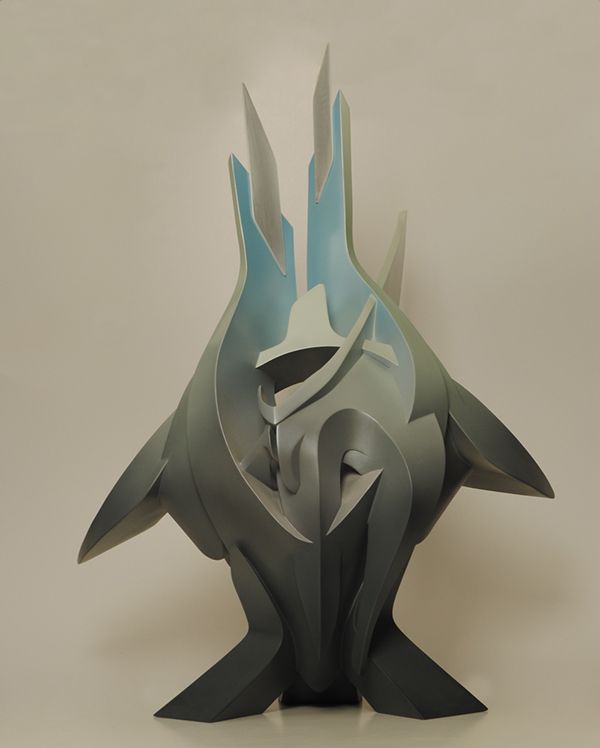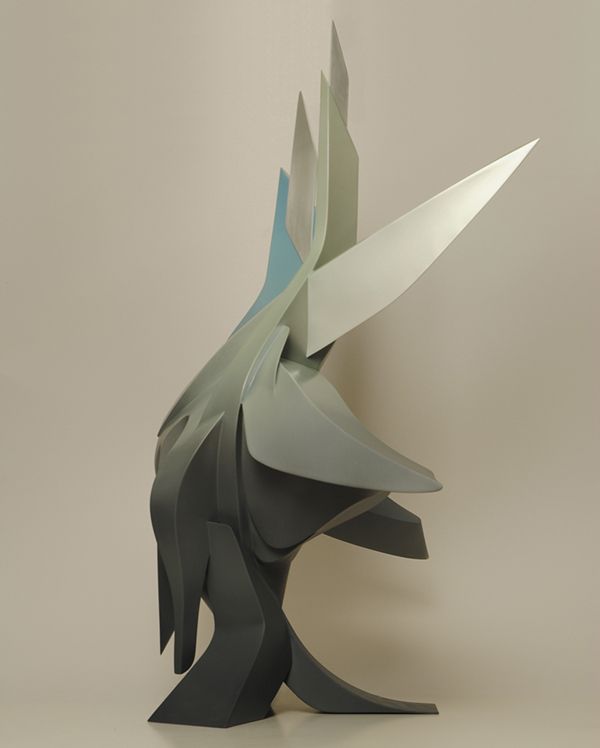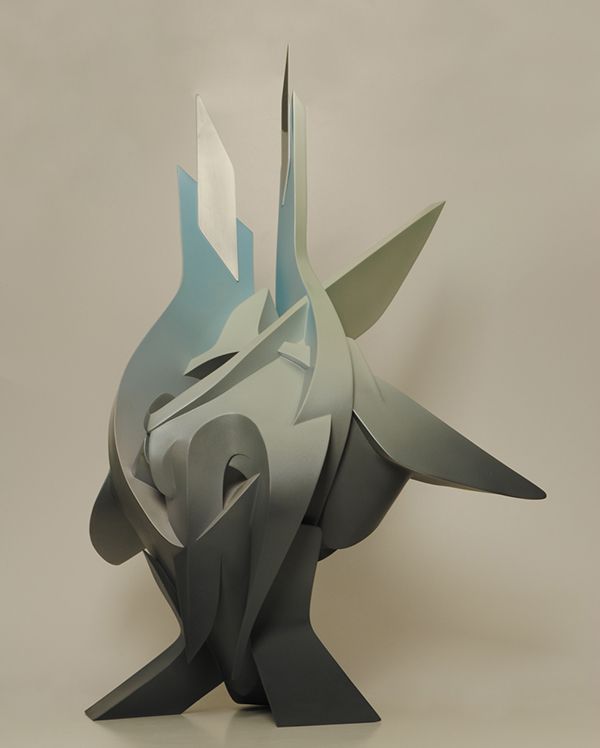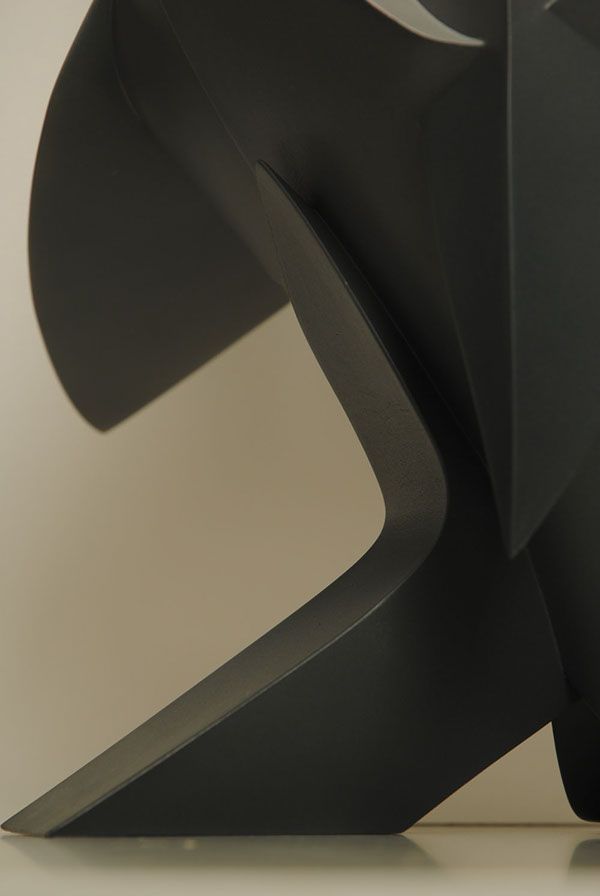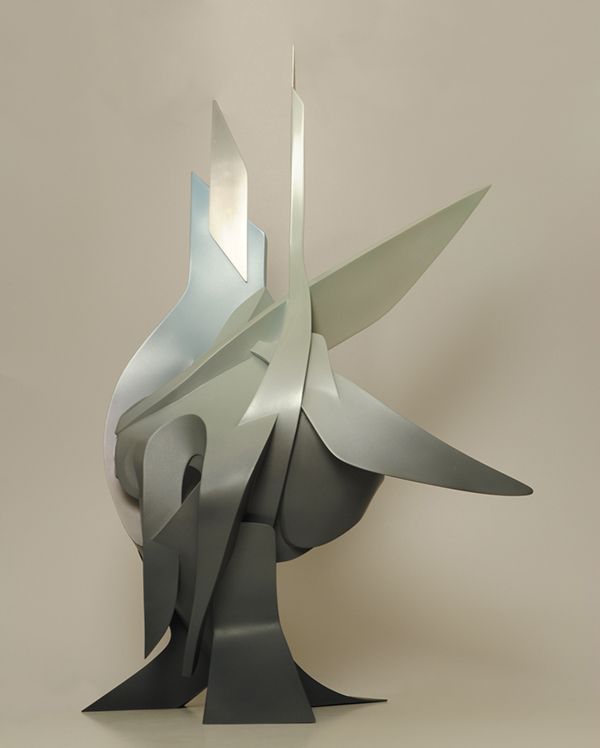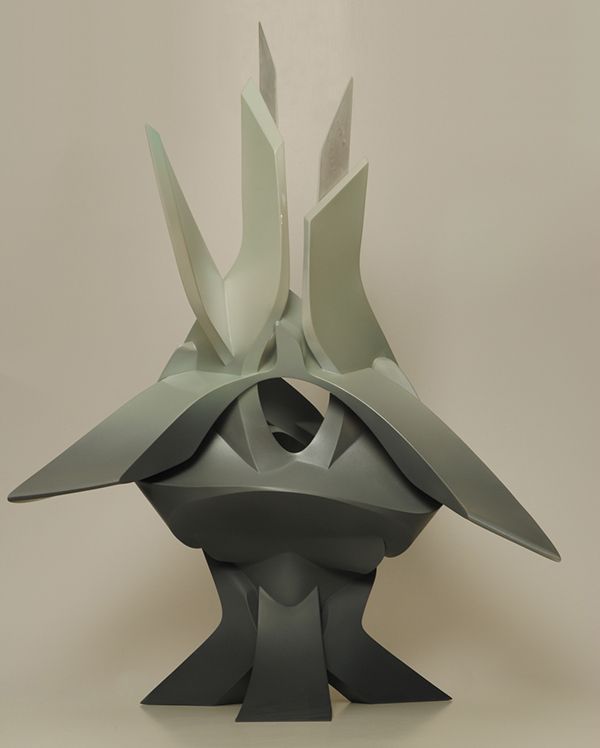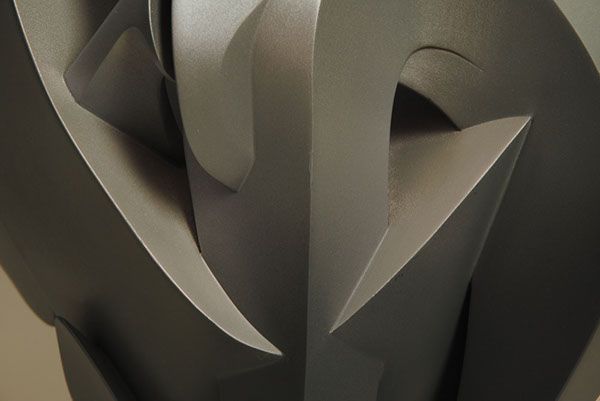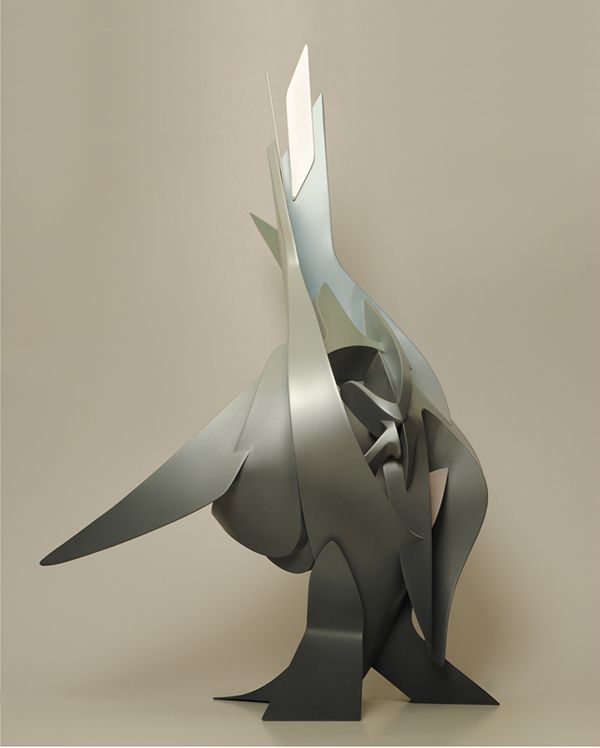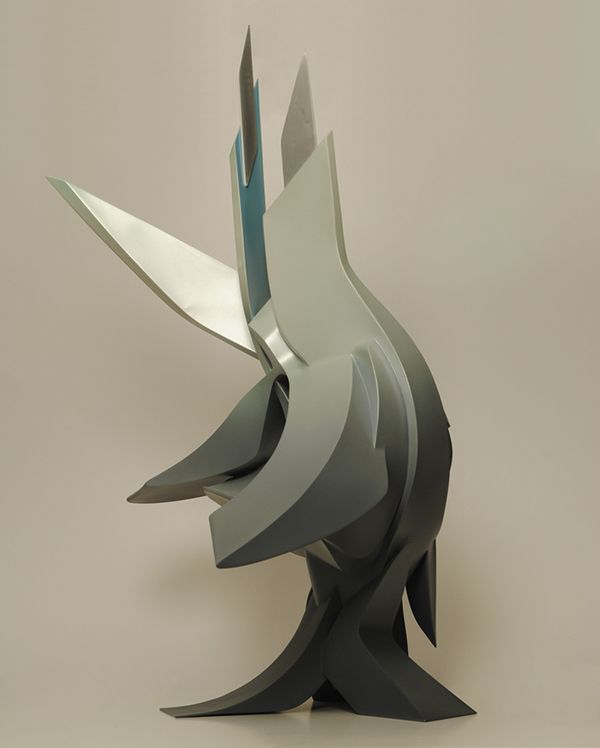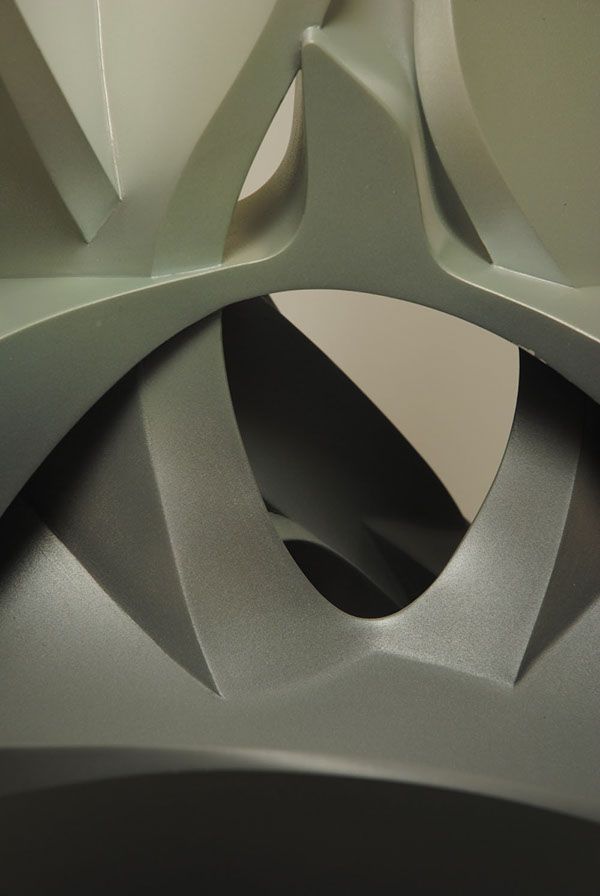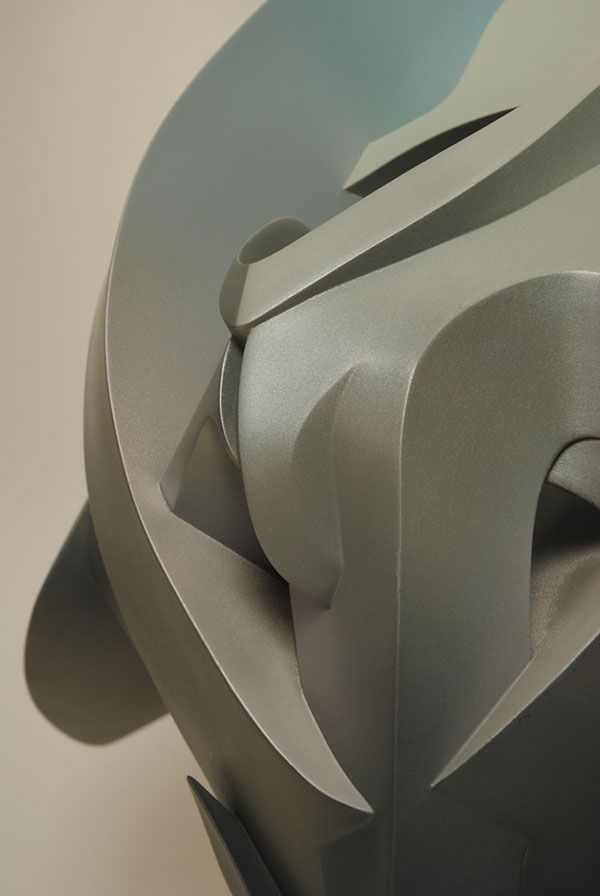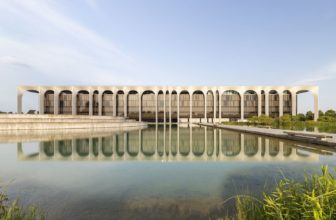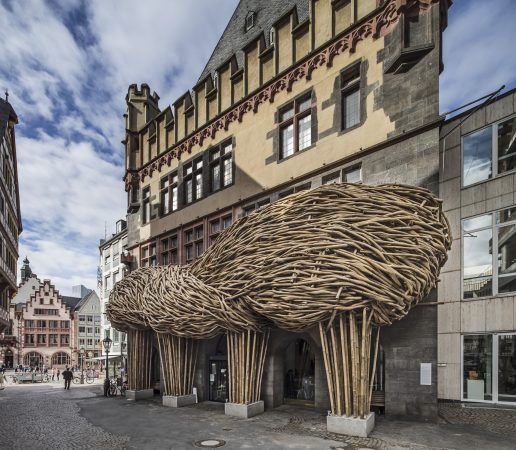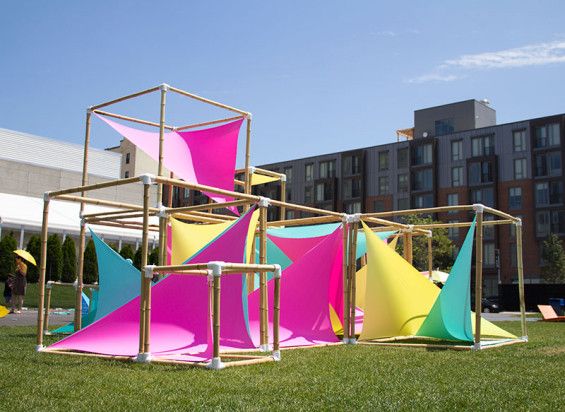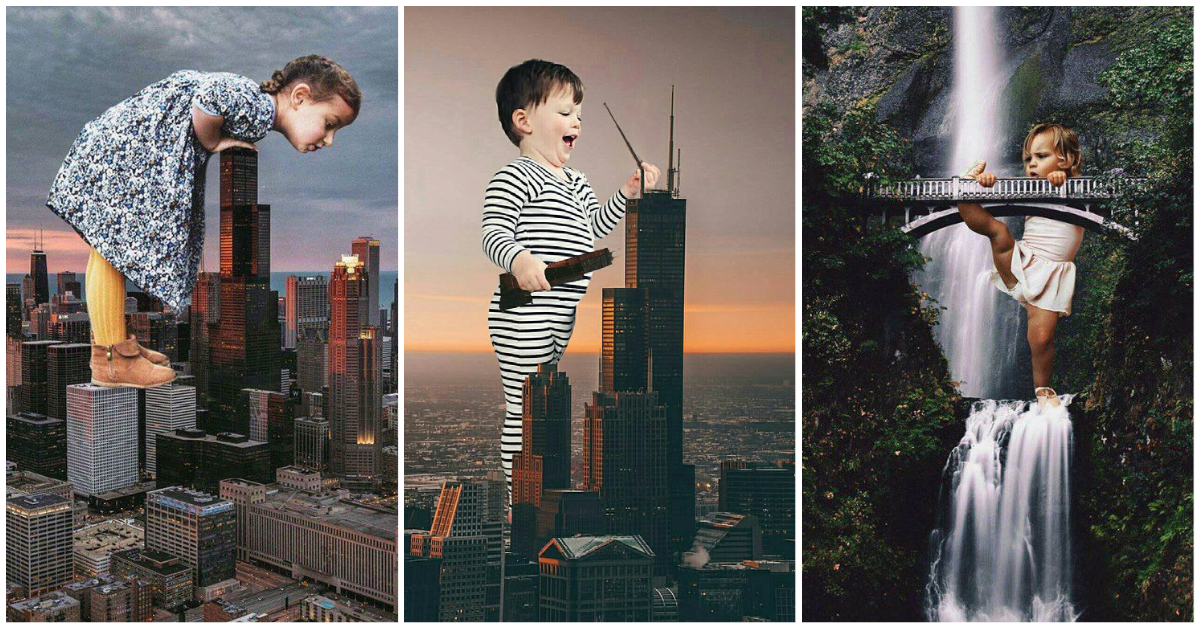Basically, my very source of inspiration came from the concept of courage considered as a principle implying the willingness to try new things and deal with the changes and challenges of life. In this sense it can be considered as an act of exploration, guided by a personal determination and supported by fortitude,moving towards new defies and discoveries and finally guaranteeing the achievement of self accomplishment. That is way I have chosen some aspect between those representing courage and I have decided to study them thoroughly. I have focused my attention on the first step of the process I have described on top, that is the principle of exploration and, consequently, on the final result of it: a final empowerment or self-reinforce.
My principal aim is to represent a sort of changing of state, consequent to the acquisition of courage. I think the most useful way of doing this, figuratively speaking, is an astounding change of colours and/or shapes. A movement from some very timid/ dark/ trivial colour/shape to some more articulated/ dynamic/explosive ones.The sculpture is very extended in a vertical direction. It looks like it pretends to reach the highest part of the room. The two bars that are composing the basis of the structure are almost static and narrow but they then start expanding themselves in the surrounding space. Moreover, the sculpture basis appears to be very simple: three main bars determining the space in which the entire sculpture will develop. But a sudden change happens: the structure takes a different shape composed by more and more different entangled and intersected surfaces, representing a sort of passage from a narrow space to a developing one.
Finally, at the very top of the structure, we can see that the sculpture seems not to be concluded in itself. The two longest vertical bars form a sort of rails and the whole structure looks like it is finally lead to disperse itself on the surrounding space through them.Courage has been built following the same process I described for other sculptures (see the description made for Fibonacci): 3D computer modelling, PVC cutting and polyester covering. The innovation, already experimented for works like Small Twister, lies on the decision of painting the sculpture. The entire surface has been painted with acrylics, using the airbrush. The base is coloured with dark grey, which fades off into lighter colours proceeding towards the top of the sculpture, which is of a pearly white enriched by light blue, green and pink pigments. Moreover, two PVC plates covered by aluminium sheets, have been glued to the top bars of the sculpture, accentuating the push towards the top of the room, suggested by the work’s structure.
